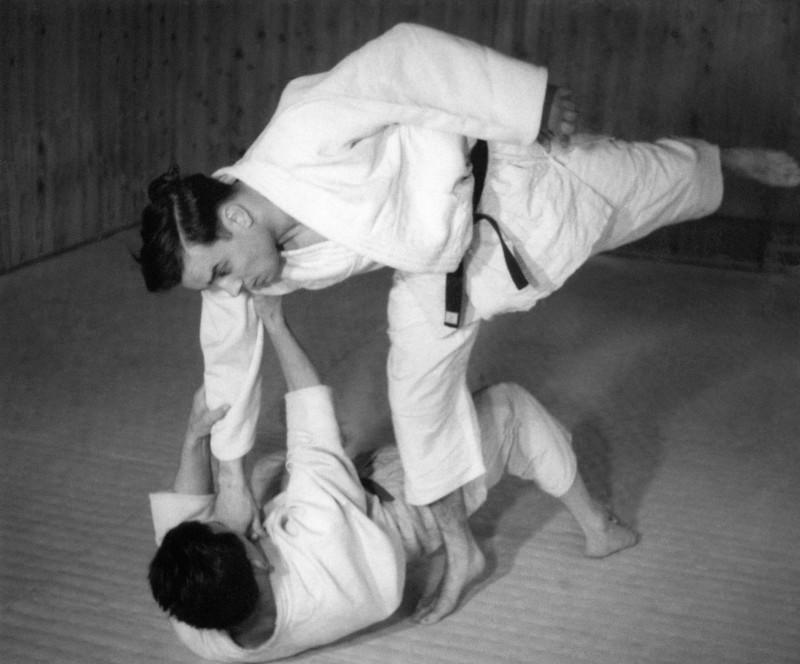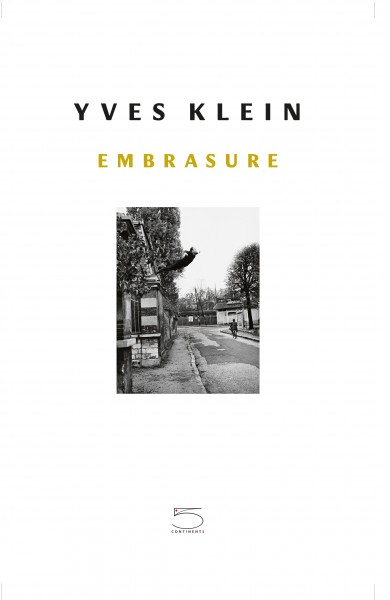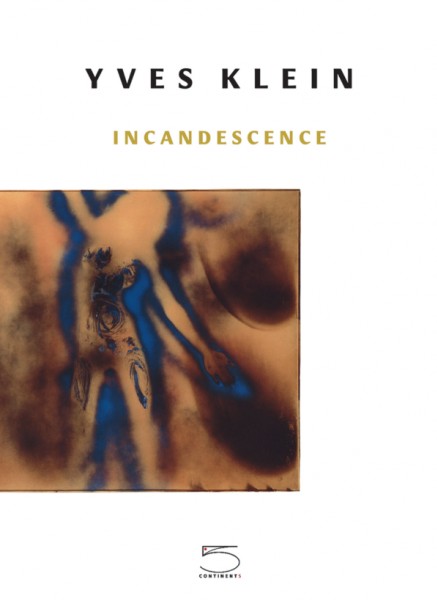Yves Klein had already been practicing Judo for five years when he arrived in Yokohama in September 1952. He was to refine his technique in the famous Kōdōkan in Tokyo over a period of several months. In February 1954, he finally returned to Europe with a rare 4th Dan black belt, obtained on December 18, 1953. His Judo continued to develop throughout his work, as he Yves Klein points out a formal and spiritual analogy between the writhings Robert Godet hosted the first anthropometric meeting in his living room on June 5, 1958. This extraordinary character, keen student of Hinduism and The masses of color mingle and cover one another. artist's brush. Impregnated with blue, she impregnates her flesh. himself acknowledged. its teaching. The Kōdōkan put spiritual principles at the heart of teaching.
The Kiai is a battle cry whose meaning and effect fascinate him. Emitted at the decisive moment in the contest, the Kiai is the lightning unity of will and action. “Kiai and Aiki are dynamic or static ways of winning, using only man's deep inner energy; this indefinable force is Ki. Klein seeks this breath and this radiant will. “The true judoka practices using the mind and pure sensibility.” “My active presence in a given space creates the climate and the radiant pictorial environment that usually reigns in the studio of any artist endowed with real power.”
Yves Klein points out a formal and spiritual analogy between the writhings of his models on the paper and that of the judoka on the tatami. Turning oneself into a living brush is similar to the spirituality and gesture of this art, whose name means the Way of Gentleness. Strength and grace, as in Hokusai's Great Wave off Kanagawa (1831), which Yves Klein used to illustrate the first part of The Foundations of Judo, a book he had published by Grasset in 1954 when he returned from Japan.
Robert Godet hosted the first anthropometric meeting in his living room on June 5, 1958. This extraordinary character, keen student of Hinduism and publisher of work by painters and poets, was also an experienced judoka, like Yves Klein. In the short 1964 pamphlet entitled Le Judo de l'Esprit, he wrote: “The mat is the World / The Kimono is the Focus / The Belt is the Will / The Hara is the Faith / The Hold is the detachment / Attention is Awareness / The Enemy is our own self.”Monochromes, flesh-prints, fire paintings, judo mats: all this is indeed a scene and a dawning world.
Kata—“fundamental form”—draws on the sources of Judo, perpetuating the tradition of the masters. “[Randori and Kata] are bound by a profound relationship. It is the same relationship that we find between grammar and creative writing. Grammar teaches the rules, it is the basis of writing and speaking correctly, this is Kata. Creative writing, or free practice, is Randori.” Before one can achieve this freedom of gesture, one must structure it through a long apprenticeship in Kata. The same applies to anthropometric models. “First multiple repetitions: sliding, rolling, falling, twisting,” wrote Yves Klein. “Hours of fine tuning for a few minutes of highly precise performance. Like an attack in Judo.”
Excerpt from the book "Incandescence" by Frédéric Prot, 5 continents editions, Milan, Italy, 2012
Master Sampei Asami and Yves Klein performing the Koshiki-no-kata, (Kata of Ancient Forms), dojo of Master Asami, Tokyo, 1953
© All rights reserved
© All rights reserved


